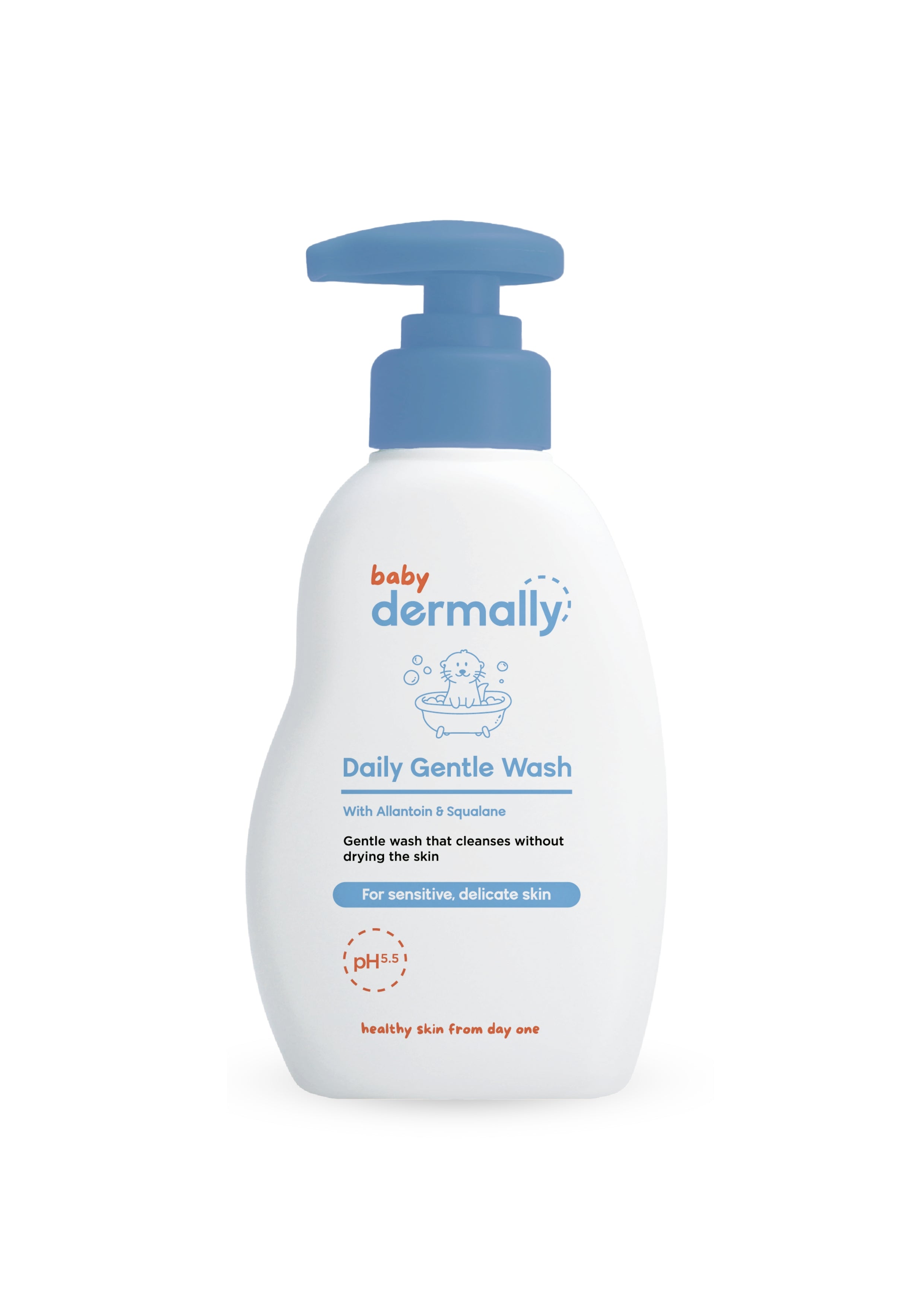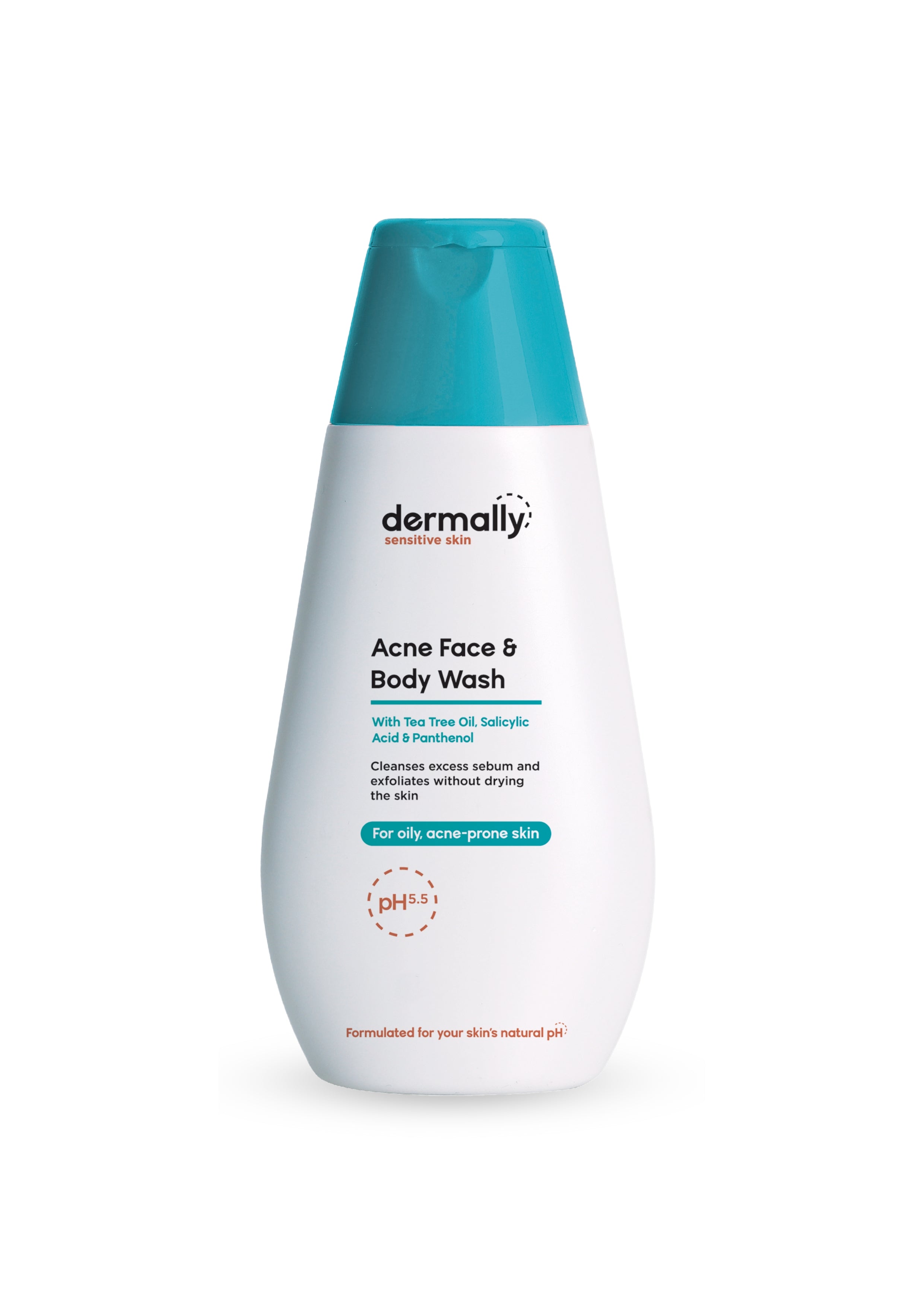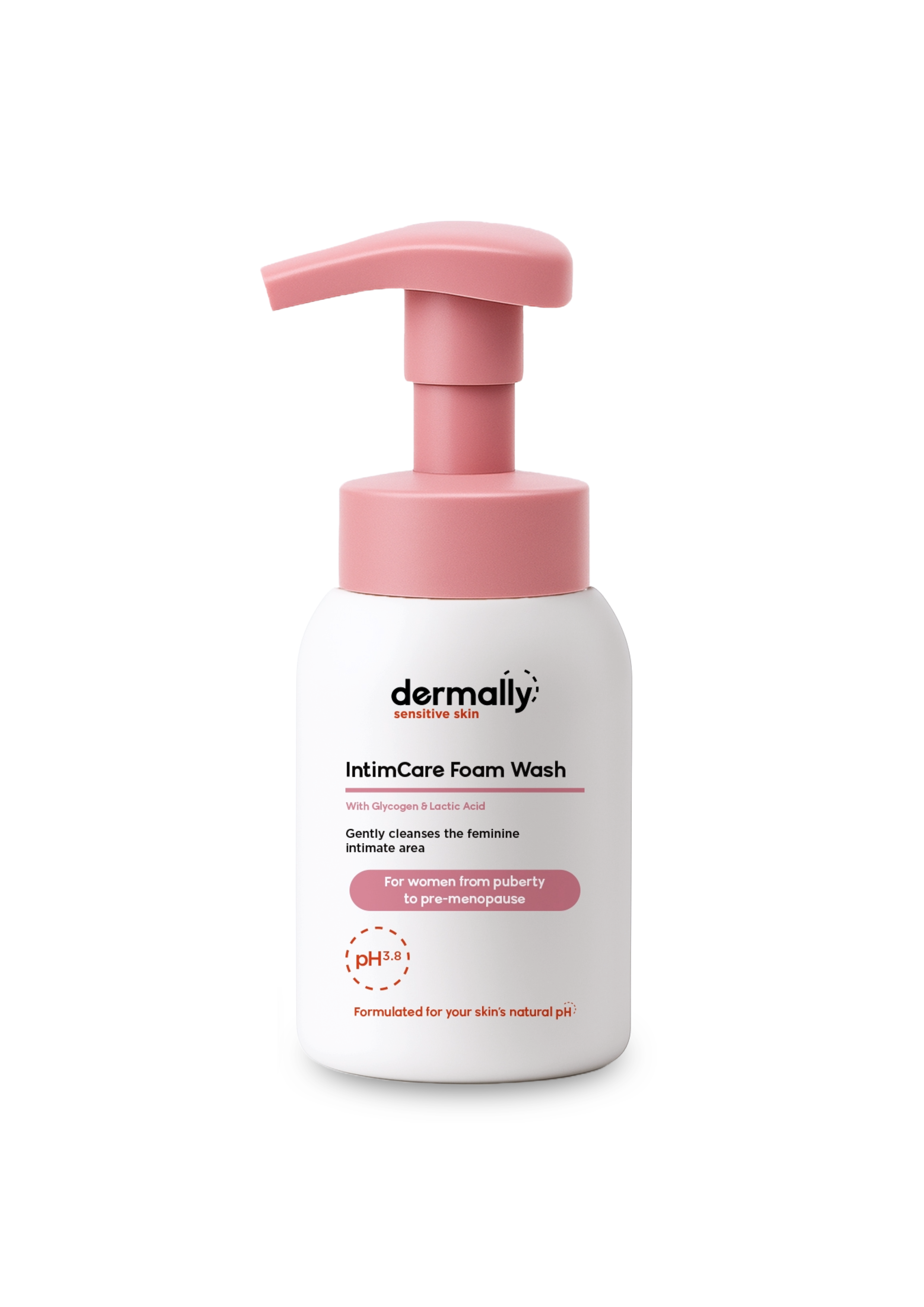What is Keratosis Pilaris?
Keratosis Pilaris (often called “KP” or “chicken skin”) is a common skin condition that’s harmless, where small and rough bumps appear on the upper arms, thighs, cheeks or buttocks. These bumps are formed by tiny plugs of dead skin cells around hair follicles. While keratosis pilaris is a harmless condition, it can cause rough, uneven texture on the skin and is most common in those with dry or sensitive skin.
How Does Keratosis Pilaris Occur?
Your skin naturally produces a protein called keratin to protect your skin. A buildup of excess keratin creates a hard plug that blocks the hair follicle, leading to keratosis pilaris. This process can be influenced by:
- Dry or sensitive skin (especially in colder climates or after harsh cleansers)
- Genetics
- Underlying conditions like eczema or asthma
- Hormonal changes during puberty or pregnancy
As keratosis pilaris stems from a weak skin barrier and a lack of hydration, the most effective approach involves a skincare regimen focused on gentle cleansing and rich moisturization to strengthen the skin's natural defenses and improve overall hydration levels.

Ways to Improve Keratosis Pilaris
While KP can’t be cured permanently, but with consistent care, it can visibly reduce bumps and improve skin texture.
Step 1: Use Gentle Cleansers
Harsh soaps can dry and irritate sensitive skin, hence it's best to use low-foam, hydrating washes fortified with barrier-replenishing ingredients.

Try: Dermally Hydrating Barrier Wash
(suitable for dry & sensitive skin)
Step 2: Try Mild Exfoliation to Unclog Follicles
Other than cleansing, we should gently exfoliate once or twice a week depending on your skin type. Ingredients like salicylic acid and CICA (Centella Asiatica) can help slough off dead skin while reducing skin redness by calming it down.

Try: Dermally Acne Face & Body Wash
(suitable for oily & acne-prone skin)
Step 3: Deep Moisturization
Moisturizing right after bathing locks in hydration and softens keratin plugs. Look for formulas with urea that does the work of locking in hydration, ceramides and niacinamide that helps to restore skin barrier.

Try: Dermally Intensive Barrier Lotion
(suitable for all skin type)
Keep Skin Calm for Children & Babies
When it comes to managing Keratosis Pilaris on your child's body, the right product makes all the difference. Choose a gentle and non-comedogenic formula for a smoother, healthier complexion.


Try: Baby Dermally Daily Gentle Wash to gently cleanse your baby’s skin
& apply Baby Dermally Daily Moisturizing Lotion to lock in moisture.
Lifestyle Tips to Improve Keratosis pilaris
- Hot showers can strip away your skin’s natural oils, leading to dryness and irritation. Try shorter, lukewarm showers to maintain skin’s essential moisture barrier for more healthier & hydrated skin.
- Place a humidifier for dry environments to help your skin retain hydration and create a comfortable environment that improves sleep quality
- Avoid picking or scratching bumps to prevent scarring
- Stick to a consistent skincare routine for better results
Keratosis pilaris is a common and manageable skin condition. Understanding why skin texture occurs is the first step toward transformation.
When you pair this knowledge with the consistent use of gentle, pH-right products, you're taking confident control of your skin. Be patient with the process, and trust that you are on the right path to a happier, healthier relationship with your skin. If there's no improvement or any concerns persist, we encourage you to seek advice from a healthcare professional for personalized guidance.








